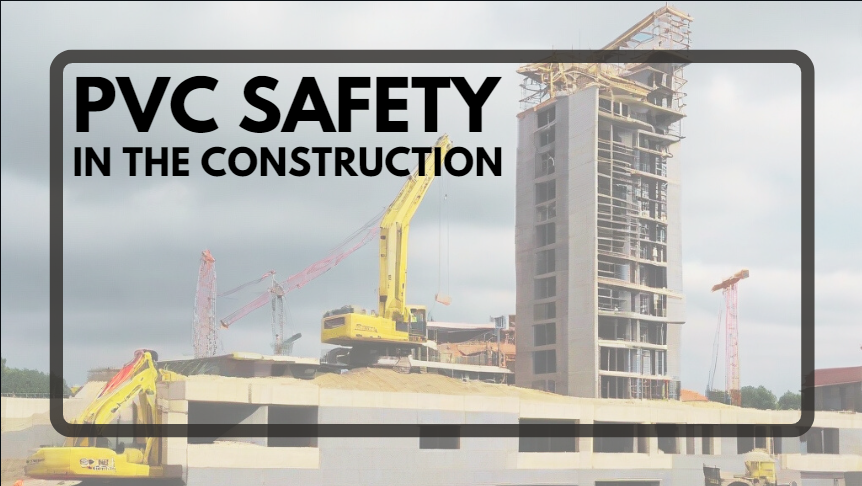PVC Safety in the Construction: We are wedded to our world of concrete and glass, but the real number one materials champ? That’s PVC, folks. But hold on, before we start cheering for the underdog, let’s remember that like all superheroes, PVC doesn’t come without its set of kryptonite. So, let’s jump onto the safety train and learn how to keep our construction sites PVC-friendly, shall we?
Brief Overview of Vinyl Chloride (PVC)
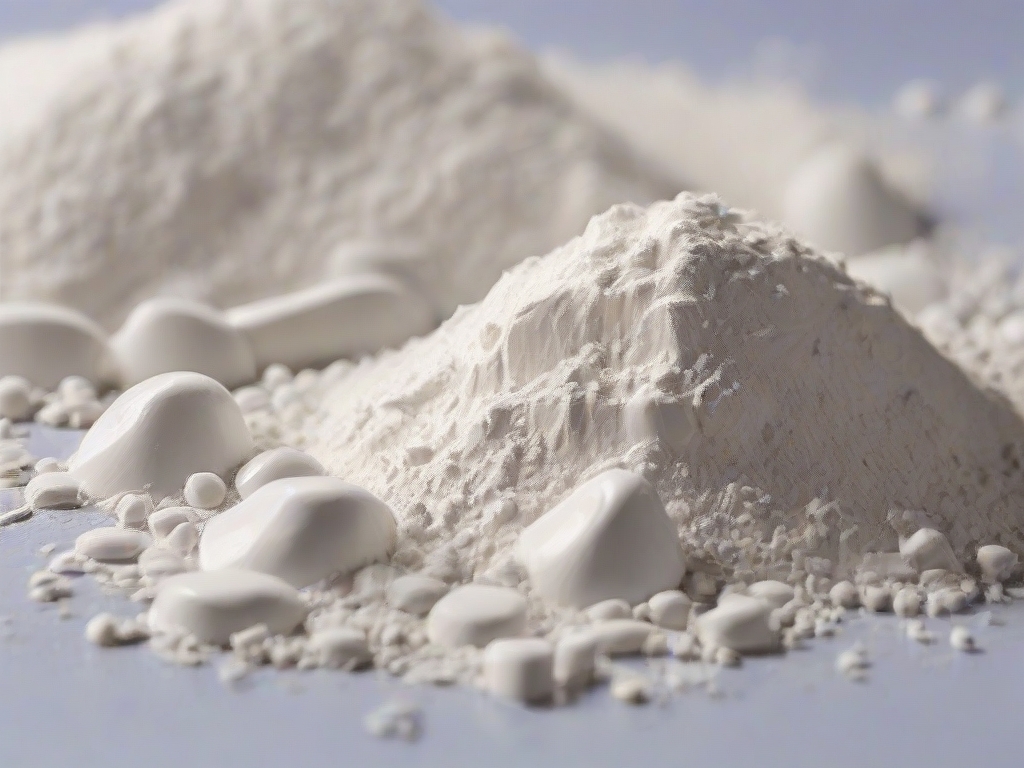
Remember the last time when you moved into a new building and got hit with the smell of ‘newness’? That, my dear friend, was the scent of Polyvinyl Chloride, or simply PVC. It’s an old chap in the industry, celebrated for its versatility and affordability. PVCs mainly strut their stuff in the form of pipes, cables, flooring, windows, and seriously, you’d be hard-pressed to find a construction site without PVC.
Importance of PVC in the Construction Industry
To start with, PVCs are like the Swiss army knife of construction materials. They are durable, easy to install, resistant to corrosion, affordable, and recyclable. Kind of like a superhero, aren’t they? But like any superhero plot, there’s always a twist.
Emergence of Safety Concerns with PVC Usage
Yes, PVC offers cost-effectiveness and durability, but using it isn’t a walk in the park. It brings its share of hurdles that we need to overcome. How about we delve into some of these niggling issues?
Section 1: The Challenges of PVC Safety in the Construction Sector
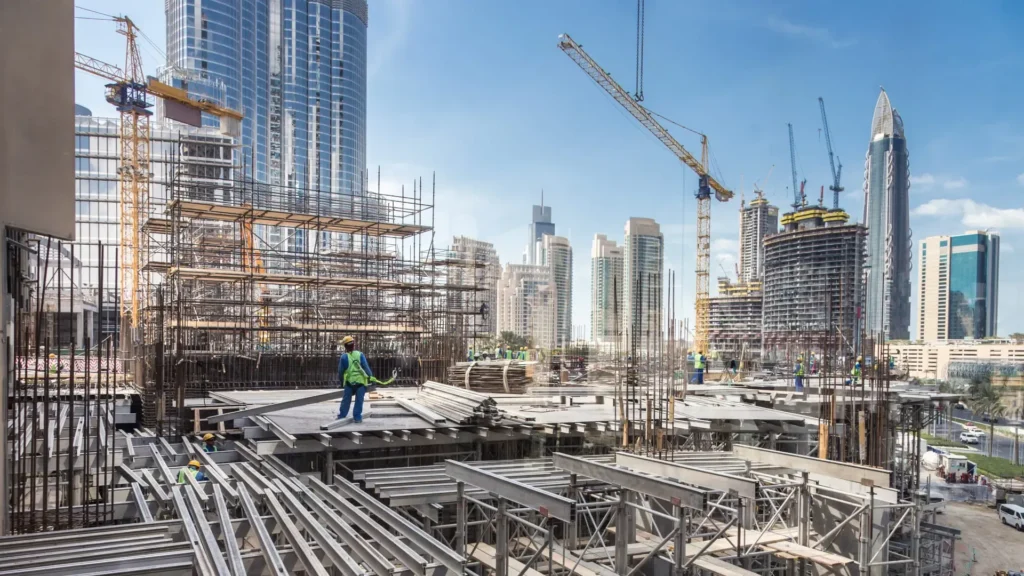
Health and Environmental Risks Associated with the Use of PVC
The use of PVC can bring about health and environmental risks. You see, when PVC is made or disposed of by incineration, it can release dioxins, which are the “bad guys” of the environmental health world.
Construction Workforce Exposure to PVC Hazards
Folks who work on construction sites are often exposed to PVC dust or fumes. Over time, this exposure can lead to a host of things no one wants an invite to – lung ailments, sodium hypochlorite poisoning, you get the picture.
Regulatory Constraints and Compliance Issues in Different Regions
Laws around PVC differ across the globe. Some places, like the European Union, have strict controls on its production and disposal. Some, not so much. These challenges, for sure, but challenges that have sparked some serious innovation.
Innovative Techniques for Handling and Applying PVC Safely: PVC Safety In The Construction
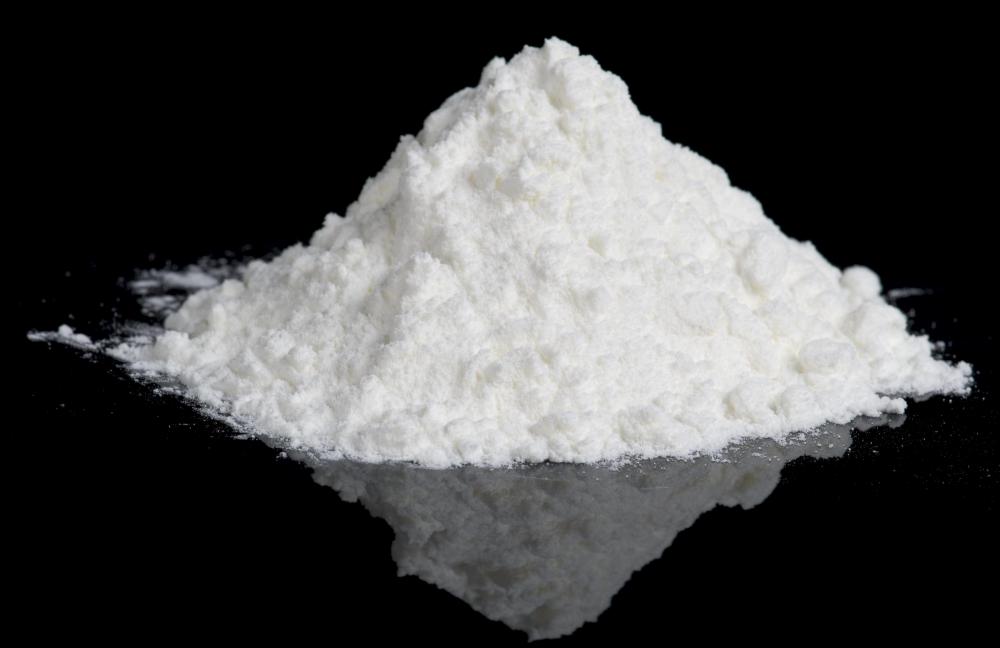
Automated Cutting and Joining Techniques for Reducing Human Exposure
Can you imagine a world without those oh-so-familiar orange robotic arms on factory floors? Me neither. They take away much of the risks associated with cutting and joining PVC, reducing human exposure to the harmful by-products
Protective Equipment and Sensors for Enhancing Worksite Safety
Personal protective equipment (PPE) has become the new cool on construction sites. They’re like those awesome superhero suits, protecting workers from the dusty PVC antagonists. Oh, and those sensors that signal when emissions get to risky levels? Now those are some handy sidekicks!
Green PVC Alternatives: Recent Developments and Performance in Construction Applications
Then we have those green PVC alternatives that are rocking the stage. You’ve got bio-based PVC, bio-plastics, and even degradable PVC. They’re performing pretty well in the field, with kinks being ironed out here and there.
Building a Safety-Centric Culture in Handling PVC Materials
Implementing Comprehensive PVC Safety Training Programmes
Imagine an army with no training. Spoiler alert, it doesn’t end well. That’s why there’s a deep need for comprehensive PVC safety training programs. We’ve got effective ventilation system-related training, proper disposal practices, and many more in our strategic toolbox. Because informed is forearmed, right?
Importance of Regular Safety Audits and Inspections
And let’s not forget our trusty knights in shining armor—the regular safety audits and inspections. They’re like the watchful hawks, picking up loose ends and keeping everyone on their toes so that hazardous situations are unearthed and rectified before they can do any harm.
The Role of Management in Promoting a Safety-First Mindset
And let’s not forget the role of management. Their quest is to ensure a culture of safety. This isn’t only stopping at defining and implementing safety procedures. It means connecting with employees, building trust, and fostering a culture where safety comes first, always.
The Role of Technology in PVC Safety
Enhanced Monitoring Systems for PVC Use and Disposal
Technology is our faithful ally when it comes to enhancing PVC safety. We have monitoring systems that could rival the sharpness of an eagle’s eye. They oversee every aspect of PVC use and disposal, ensuring nothing slips through the cracks.
Technological Innovations in PVC Manufacturing Towards Safety Enhancement
We’re not just talking about the endgame here. Even the manufacturing stage has been taken up a notch. Innovation has brought us non-toxic additives to reduce harm and cutting-edge manufacturing processes that reduce overall PVC-related harm.
The Potential of AI and Robotics in Ensuring PVC Safety on Construction Sites
Imagine a future where AI and robotics become our steady sidekicks in ensuring PVC safety. They could provide real-time monitoring, swift actions during emergent situations, and predictions and insights based on past incidents. The possibilities are endless.
Case Studies of Successful PVC Safety Implementations in The Construction World
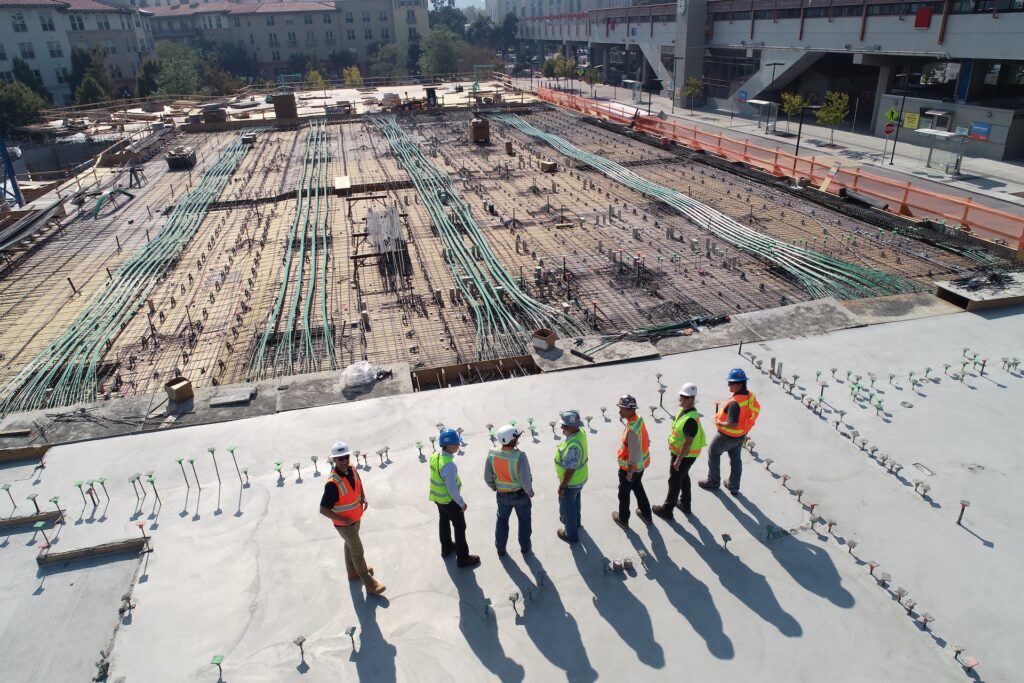
Instances of Reduced PVC-Related Accidents: Before and After Safety Measures
Who doesn’t love a success story, right? There are myriad examples where safety measures have flipped the script. I’m talking about drastic reductions in PVC-related accidents.
The Journey of Construction Companies Towards Zero PVC-Related Incidents
Then we’ve got the companies journeying towards the golden goal – zero PVC-related incidents. It’s not an overnight change, but with consistent efforts, we’ve seen solid progress.
Economic Impact: Balancing PVC Safety Measures with Cost-Effectiveness
But let’s not dismiss the elephant in the room. There’s a delicate balancing act between improving PVC safety and cost-effectiveness. Some folks have nailed it, making safety business-friendly, and even profitable in the long run.
Conclusion of PVC Safety In The Construction
The Future of PVC Safety in the Construction Industry: Predictions and Trends
Step into my time machine as we look into a future where PVC safety in the construction industry is no longer a sidebar discussion but a centerpiece. We’re peering at more innovations, automated monitoring systems, advanced training programs, and global regulations that will redefine how we perceive PVC safety.
Recap of Main Points and Discussion
Whoa, that was a whopping lot of info, wasn’t it? But hey, now we know a bit more about the challenges and innovative solutions for PVC safety in the construction sector, the unique role of technology, and some great examples of PVC safety in action.
Closing Thoughts on the Role of Everyone in Ensuring PVC Safety
Listen up, safety isn’t a one-person gig. It’s everyone’s role—from the top management, and workers on the field, to the customers and firms supplying the PVC. We’ve all got a ticket on the PVC safety train!
FAQs
- What are the Main Concerns of PVC Usage in the Construction Industry?
There are several concerns, from health risks for construction workers, potential environmental hazards, and varying regulatory compliance issues across regions. But hey, it’s not all dark and gloomy. With innovative solutions, we’re making steady progress towards a safer PVC world.
- How Can We Ensure Safety While Using PVC in Construction?
A variety of ways—from introducing automation, employing protective gears, using sensors, implementing safety training, fostering a safety-first culture, to conducting regular safety audits and inspections.
- In What Ways Are Technological Advancements Fostering PVC Safety in Construction?
Oh, the ways are plenty! There’s enhanced monitoring systems, technological innovations in manufacturing, and the potential future role of AI and robotics in ensuring PVC safety on sites.
- How Can Businesses Successfully Promote a Safety-First Culture in Dealing with PVC?
It involves implementing safety training programs, conducting regular safety audits, and even more subtly but powerfully, fostering a culture where safety comes first.
- Are Cost-Effective, Safe Alternatives to PVC Available for Construction Purposes?
You bet. There’re several green PVC alternatives like bio-PVC and degradable PVC, which are now making their way into mainstream construction.

